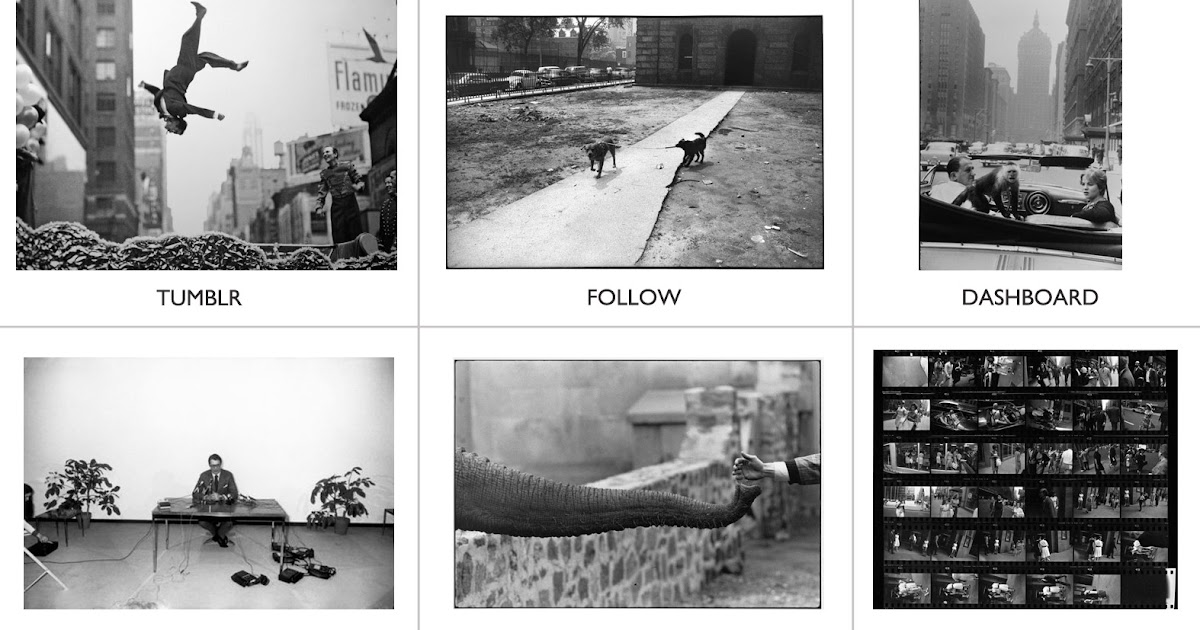LightBox | Time
Read the latest stories about LightBox on Time
via Time: http://lightbox.time.com/2013/11/25/time-picks-the-best-photobooks-of-2013/#1
This year’s offerings range from enormous, luxe tomes like Garry Winogrand to smaller, more intimate works like The Pigs. Overall the selection confirms — in a heartening way, for all of us — that even as unwieldy maelstroms of information emerge from all of our digital devices, many of us still enjoy being transfixed, or transported, by an encounter with a singular vision. After all, the pleasure and quiet thrill that one gets sitting down with a good book — especially one that pushes the boundaries of the format — simply can’t be reproduced in mere ones and zeroes. In that spirit of celebrating a still-vital art form, we humbly offer our take on the photobooks we loved most in 2013.









![higgins9-24-4 [] 1.jpg](https://i0.wp.com/lh6.ggpht.com/_HBVKhiKXg8k/SyanopTdoLI/AAAAAAAAEgI/3kVptLY95L0/higgins9-24-4%20%5B%5D%201.jpg?resize=500%2C332)
